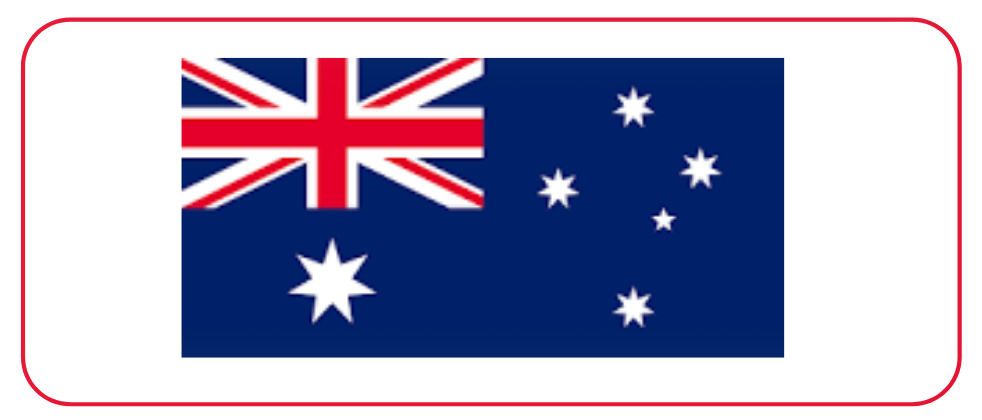MODELING GLOBAL, DIRECT, DIFFUSE SOLAR RADIATION AND THE OPTIMUM TILT ANGLE IN SOME SELECTED LIBYAN CITIES
DOI:
https://doi.org/10.53555/eijas.v7i3.57Abstract
Solar system devices and photovoltaic panels are widely used all over the world to produce household heating and electricity. In this work two models were developed to estimate global, direct, diffuse solar radiation and the optimum tilt surface in five selected Libyan cities (Tripoli, Benghazi, Ejdabia, Misratah and Alkufra). It is found that the daily mean of sunshine hours in Tripoli is 9.01 hours. As for Benghazi city, the daily mean is 8.84 hours. In Misratah it is 8.57 hours. In Edjabia the daily mean is 9.46 hours, while in Alkufra, it is 10.10 hours of sunshine. The maximum beam radiation in Tripoli occurs in July (6.26 kw/m2), while the minimum is in January (2.54kw/m2). The maximum diffuse radiation occurs in June (1.85kw/m2), while the minimum is in December (0.73kw/m2). The maximum beam radiation in Benghazi occurs in July (6.26 kw/m2), while the minimum is in December (2.02kw/m2), the maximum diffuse radiation occurs in June (1.78 kw/m2), while the minimum is in November (0.97kw/m2). The maximum beam radiation in Misratah occurs in July (6.24kw/m2), while the minimum is in December (2.23kw/m2). The maximum diffuse radiation occurs in June (1.93 kw/m2), while the minimum is in December (0.94kw/m2). The maximum beam radiation in Edjabia occurs in July (6.19kw/m2), while the minimum is in December (2.59kw/m2). The maximum diffuse radiation occurs in May (1.83 kw/m2), while the minimum is in December (0.93kw/m2). The maximum beam radiation in Alkufra occurs in June and July (5.85kw/m2), while the minimum is in December (3.33kw/m2). The maximum diffuse radiation occurs in May (1.83 kw/m2), while the minimum is in December (1.03kw/2). Results also showed that the annual optimum tilt angles to receive maximum solar radiation for Tripoli is 31.21o and decreases gradually to 23.33o in Alkufra city. The higher optimum angle for all cities occur in winter and decreases in spring and summer, while it reincreases in autumn.
References
. Al-Nuaimi, A. S. (20015). Estimating global solar radiation in north Libya.The First International Confirence of Basic Sciences and Their Applications, Al-Baida, Libya, Nov 29 – Dec 1.
. Archangel, A. (2013). Libya solar potential 5 x larger than oil reserves, clean Technica, June, 29th.
. Meinel, A. and Majorie, P. (1976). Applied solar energy. Addison Wesley, Inc.
. Hidiki, U. (2005). Eestimating hourly direct and diffuse solar radiation for the compilation of solar radiation distribution maps (Japan). J. Agric. Meteorol, 61 (4): 207 - 216.
. Abbasi, A. And Quresh, M. (2012). Estimation of global and diffuse solar radiation for Nawabshah, Sinbh (Pakistan). Journal of engineering science and technology Vol. 11, No. 1.
. Mokri, A., Ali, M. and Emziane, M. (2013). Solar energy in the United Arab Emirates; A review, Renewable and sustainable Energy Review, 28: 340 - 375.
. Yunlin, Z., Boaiana, O. and Weimin, C. (2003). Analysis of solar radiation variations over Nanjing region in recent 40 years. Journal of Geographical sciences, 13 (1): 97 – 104.
. Al-Rawahi, N., Zurigat, Y. and AL-Azri. N. (2011). Prediction of hourly solar radiation on horizontal and inclined surfaces for Muscat Oman, the journal of Engineering Research, 8 (2): 19 - 31.
. El-Sebaii, A., Al-Hazmi, F., AL-Ghamdi, A. and Yaghmour, S. (2010). Global direct and diffuse solar radiation on horizontal and tilted surfaces in Jeddah, Saudi Arabia. Applied Energy, 87: 568 - 576.
. Notton, G., Muselli, M. and Louche, A. (1996). Two estimation methods for monthly mean hourly total irradiation on tilted surface from monthly mean daily horizontal irradiation from solar radiation data of Ajaccio, Corisca. Solar energy, 57 (2): 141 - 153.
. Jamil, M. and Tiwari, G. (2009). Optimization of tilt angle for solar collector to receive maximum radiation. The open renewable energy journal, 2: 19 - 24.
. Kent, K., Banda, E. and Phillip, R. (2016). Determining global solar radiation incident on tilted surfaces with different tilt angles at the department of physics Makerere university, Physical Science International Journal, 12 (1): 1 -
. Kasawneh, Q., Damra, Q. and Salman, O. (2015). Determining the optimum tilt angle for solar applications in Northern Jordan, Jordan journal of Mechanical an Industrial Engineering, 9 (3): 187 - 193.
. Udoakah, Y. and Okpura, N. (2015). Determination of optimum tilt angle for maximum solar insolation for PV systems in Enugu–Southern Nigeria, Nigerian Journal of Technology, 4 (4): 838 - 843.
. Hafez, A., Shazly, J. and Eteiba, M. (2015). Simulation and estimation of a daily global solar radiation in Egypt, Middle–East Journal of Scientific Research, 23 (95): 880 - 895.
. Kumar, M., Babu, B. and Seshu, M. (2016). Estimation of average solar radiation on horizontal and tilted surfaces for Vijayawada location, India, Journal of Electrical and electronic Engineering, 11 (3, Ver. IV): 43 - 53.
. Zaid, M., Kamran, F. and Waseem, M. (2016). Clear sky models applied for PV production assessment from solar irradiance, 4th International conference on Energy, Environment and Sustainable Development.
. Markam, K. and Sudhakar, K., Estimated optimal tilt angle for solar photovoltaic installations in India, international Research Journal of Engineering and technology, Volume: 03, Issue 05.
. Karkee, R., Khadka, S., Luited, G., Devkota, M., Khadka, B. Sapkota, S. and Bhetwal, P. (2017). Comparing and optimization of solar insolation on yearly, monthly and seasonal basis for solar devices performance in Nepal, International Journal of New Technology and Research, Volume 3, Issue 1.
. Tijani, H., Alssaoul, A. and Younes R. (2017). Optimization of tilt angle for solar panel: Case study Tunisia, Indonesian Journal of Electrical Engineering and Computer Science, 8 (3): 762 - 769.
. Wessly, J., Starbell, N. and Sandhya, S. (2017). Modelling of optical tilt angle for solar collectors across eight Indian cities. International Journal of Renewable Energy Research, Vol. 7, No. 1.
Downloads
Published
Issue
Section
License

This work is licensed under a Creative Commons Attribution-NonCommercial-NoDerivatives 4.0 International License.








 Licensed under CC BY 4.0 International.
Licensed under CC BY 4.0 International.